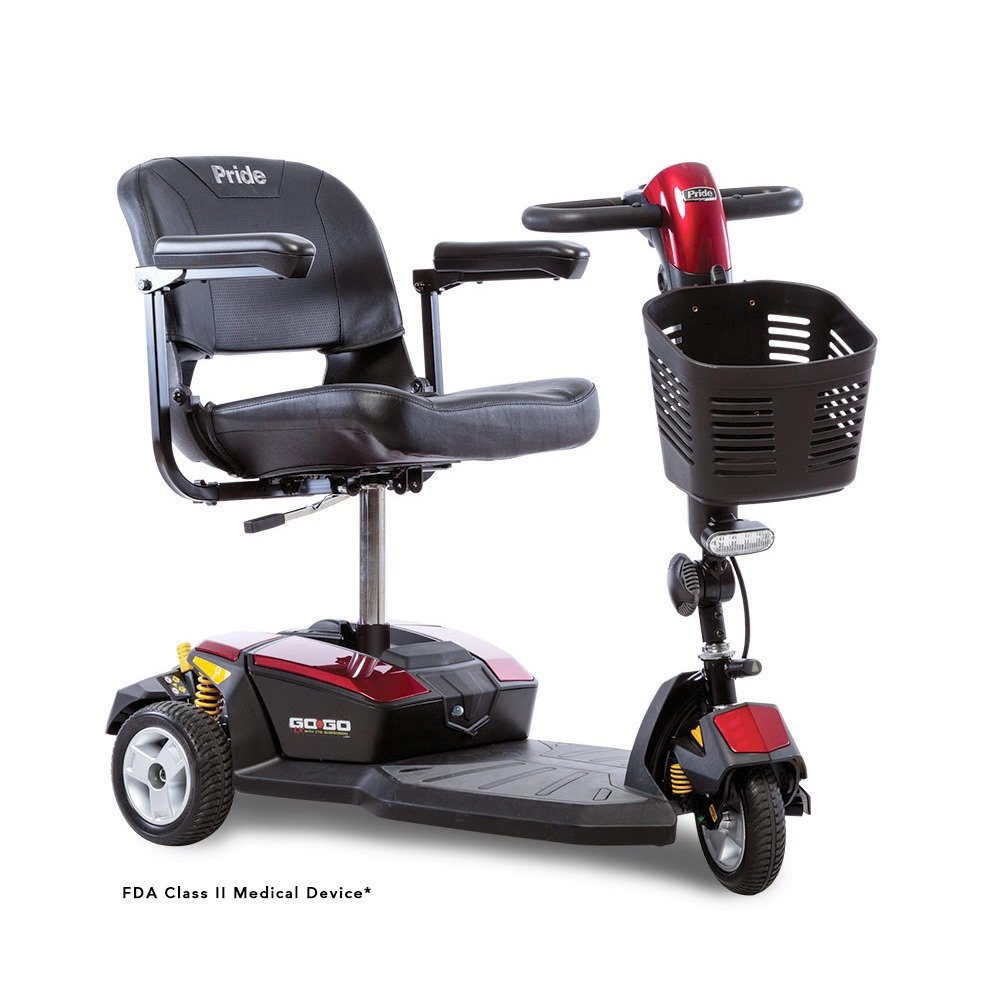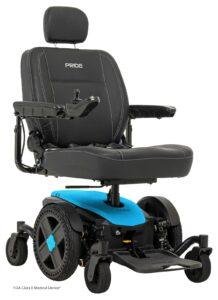A mobility scooter is a motorized device designed to assist people with mobility impairments. It typically features a seat over three or four wheels, handlebars or a tiller for steering, and a battery-powered motor. Indoor and Outdoor Mobility scooters provide individuals who have difficulty walking or standing for extended periods with increased independence and mobility. They are commonly used indoors and outdoors, offering a convenient and comfortable means of transportation. Mobility scooters vary in size and capabilities, with some models designed for compactness and portability, while others are more robust for navigating diverse terrain and longer distances.
Can I Use My Mobility Scooter in the Rain?
Using a mobility scooter in the rain is generally feasible but requires precautions to ensure safety and longevity of the device. Most mobility scooters are designed to withstand light rain and drizzle due to their construction with waterproof materials and sealed electrical components. However, prolonged exposure to heavy rain or immersion in water should be avoided to prevent damage to the scooter’s motor, electronics, and batteries.
To safely use a mobility scooter in the rain:
- Cover and Protection: Use a mobility scooter accessories canopy or rain cover to shield yourself from raindrops.
- Waterproof Accessories: Ensure any bags, pouches, or accessories attached to the scooter are waterproof to protect personal belongings.
- Maintenance: Regularly inspect and maintain your scooter, including checking seals, joints, and electrical connections for signs of wear or vulnerability to water ingress.
- Drying Off: After exposure to rain, wipe down the scooter with a dry cloth to prevent water from seeping into vulnerable parts.
By taking these precautions, you can continue to use your indoor outdoor mobility scooter safely and comfortably in varying weather conditions, including light rain.
Are Mobility Scooters Waterproof?
Most mobility scooters are designed to be water-resistant rather than completely waterproof. They can withstand light rain and splashes due to their sealed electrical components and durable construction. However, prolonged exposure to heavy rain or immersion in water can potentially damage the scooter’s motor, electronics, and batteries. It’s advisable to use a scooter canopy or rain cover and ensure any accessories are waterproof. Regular maintenance, including checking seals and electrical connections, helps protect against water ingress. While mobility scooters can handle typical weather conditions, avoiding excessive exposure to water is crucial to maintain their functionality and longevity.
What if my mobility scooter gets wet?
If your mobility scooter gets wet, take immediate steps to mitigate potential damage. Dry the scooter thoroughly with a clean cloth to prevent water from seeping into sensitive components like the motor, electronics, and batteries. Pay particular attention to drying off connectors, controls, and any exposed wiring. Let the scooter air dry in a well-ventilated area, and avoid using it until you’re confident it’s completely dry. If water has entered any critical components or if you notice malfunctioning after drying, consult a professional technician for inspection and repair to prevent further damage and ensure the scooter’s continued safe operation.
How to protect mobility scooter from water damage?
To protect your mobility scooter from water damage, follow these precautions:
- Use a Cover: Invest in a waterproof cover or canopy to shield the scooter from rain when outdoors.
- Avoid Puddles and Standing Water: Steer clear of puddles and areas with standing water to prevent splashes or immersion.
- Dry Off After Use: Wipe down the scooter with a dry cloth after exposure to rain or moisture to remove any water.
- Store Indoors: Keep the scooter stored in a dry and covered area when not in use, especially during inclement weather.
- Regular Maintenance: Conduct regular checks for signs of wear, including seals and electrical connections, and address any issues promptly to maintain water resistance.
How do I know if my electric scooter is waterproof?
To determine if your electric scooter is waterproof, review the manufacturer’s specifications and user manual. Look for an IP (Ingress Protection) rating, which indicates the scooter’s resistance to water and dust. A higher IP rating (such as IPX4 or higher) suggests better water resistance. Additionally, inspect the scooter for sealed electrical components, waterproof connectors, and protective covers for critical parts. If uncertain, contact the manufacturer or supplier to clarify the scooter’s waterproof capabilities and recommended precautions for using it in wet conditions to ensure longevity and safe operation.
Can I leave my scooter outside in the rain?
Leaving your scooter outside in the rain is generally not advisable unless it’s designed specifically for outdoor exposure. Most mobility scooters and electric folding mobility scooters are not fully waterproof and prolonged exposure to rain can damage sensitive components like the motor, electronics, and mobility scooter battery chargers. If unavoidable, use a waterproof cover or canopy to protect the scooter from rain and ensure it’s securely parked on a level surface. After rain exposure, dry the scooter thoroughly with a cloth and store it indoors or in a covered area to prevent water ingress and maintain its functionality and longevity.
What happens if my scooter gets wet?
If your scooter gets wet, it could potentially damage sensitive components like the motor, electronics, and batteries. Immediate drying with a clean cloth is crucial to prevent water from causing electrical issues or corrosion. Proper maintenance and avoidance of prolonged exposure to moisture help maintain scooter functionality.






